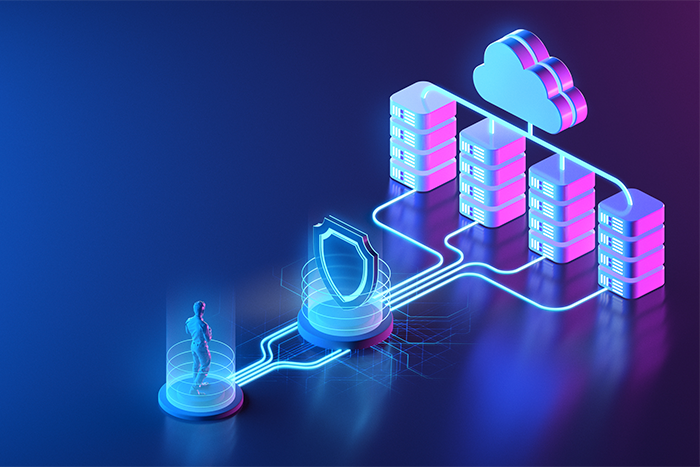




New Regulatory Technology ( RegTech )
RegTech is the cloud-computing technology used to help fintech comply with new rules and regulations. Through big data and machine-learning technology, it helps to monitor transactions, analyse, and identify irregularities such as vulnerabilities and loopholes.

Introduction of Secure Access Service Edge ( SASE )
SASE is an emerging cybersecurity concept that Gartner introduced in 2019. SASE is built on SD-WAN enabling you to integrate network security into network access management of one unified platform. This will be a game-changer as it allows organisations to efficiently manage network security while providing user-based and least-privileged access dependent on granular identifiers like user role, device, and location thus also taking part in endpoint security.

Zero trust strategy, state of the art security solution for cloud computing
A proactive approach to eradicate malware, security threats, and phishing attempts, Zero Trust is an integrated security approach cast overall digital layers of an organisation that explicitly verifies each and every transaction in real time. With the rise of cloud native hybrid working environments and remote working systems, this model has successfully overtaken traditional cybersecurity initiatives. Since cloud networks are hosted publicly and workloads can move outside the confines of corporate networks, accelerating this adoption is critical to ensure secure data deployment. This is a framework, and not a single product or service.

Native Malware
Native malware is an area where companies need to pay extra attention in 2022. In 2021, 37 per cent of all businesses and organisations were hit by malware which is expected to increase to a staggering 42% by the end of 2022. There is a sudden spike in malware showing malicious behaviour in native code, making it difficult for security researchers to detect malicious behaviour.

Hyperautomation: The key to digital transformation
Hyperautomation involves the use of multiple technologies to automate work processes quickly. These various technologies involve robotic process automation, machine learning, natural language processing, business process management, and more. Unlike a normal automation process, hyperautomation focuses on the organisation as a whole. The transformation happens simultaneously across multiple processes, rather than concentrating on one aspect of an organisation. It can significantly reduce technology efforts and make development and support teams more productive by simplified work processes, saving time and avoiding complex coding.